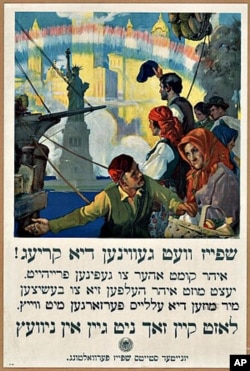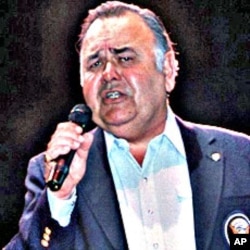A funny thing is happening in the world of language instruction. Only it's not funny at all for one language in particular.
Because of the growing importance of global commerce and contact, foreign language instruction is booming at U.S. colleges. But because of the tight economy, many colleges are eliminating fulltime language-teaching positions or filling them with cheaper lecturers who are not faculty members at all.
This is the case at the University of Maryland's flagship College Park campus, a prestigious state-run school in the eastern United States. To save costs, the university plans to cut its one Yiddish-teaching position. It's the latest blow in what has been a steady decline in the study and use of Yiddish, which began among European Jews in the Middle Ages as a conversational Germanic language that uses Hebrew characters.
At one point, before the Nazi genocide of Jews in Europe during the Holocaust of the 1940s, an estimated 10 million European Jews spoke Yiddish as their everyday language, while worshiping in formal Hebrew. Yiddish thrived among Jewish immigrants to the United States, including famous comics who brought colorful, consonant-laden Yiddish words into the greater English vocabulary. Schlep, for example. To schlep is to walk or carry things clumsily.
Today, Yiddish is struggling to survive. It's thought that fewer than 500,000 people, mostly the elderly, speak it worldwide. Most young, acculturated Jews speak only their countries' principal language, plus Hebrew during worship.
The Holocaust Museum archive in Washington, D.C., is full of Yiddish materials, University of Maryland language professor Miriam Isaacs told the Baltimore Sun newspaper. Who is going to read them?
Read more of Ted's personal reflections and stories from the road on his blog, Ted Landphair's America.






